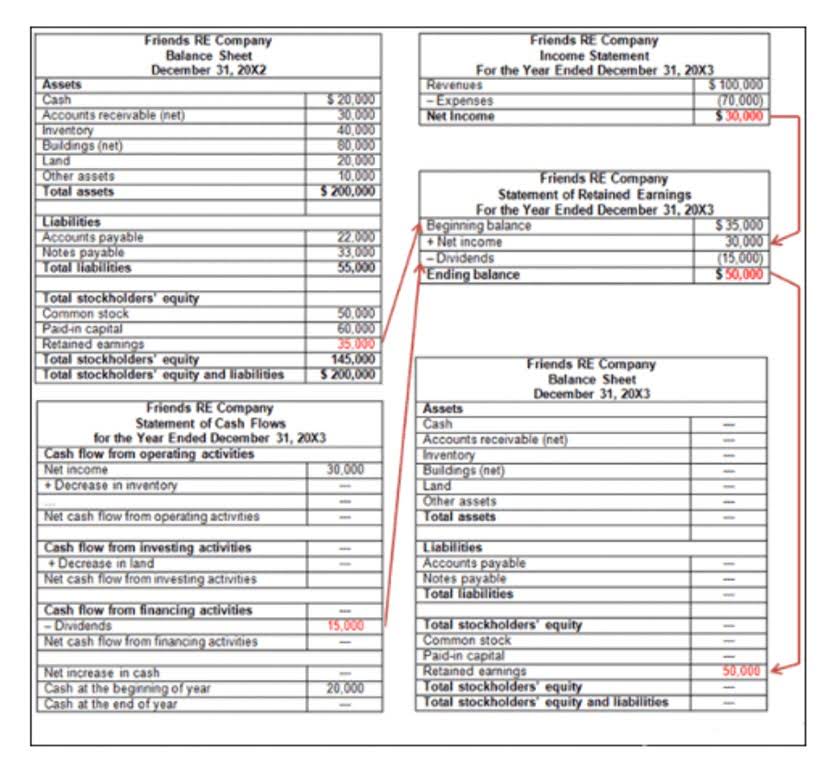
It occurs when the bond’s interest rate is higher than the prevailing market interest rate. This means that the bond issuer can sell the bond at a higher price and raise more capital, but it also means that the bond investor will receive a lower yield than the bond’s interest rate. In this section, we will analyze the pros and cons of issuing or investing in bonds at a premium from different perspectives, such as the issuer, the investor, the tax authority, and the financial reporting standards. Suppose a company issues a 10-year bond with a face value of $1,000 and an annual coupon rate of 5%. If the bond is issued at a premium of $100, the premium amount will be amortized Record Keeping for Small Business over the 10-year period.

Straight Line Bond Amortization
When an investor buys a bond at a price higher than its face value, this premium impacts current and future tax liabilities. Navigating the rules surrounding amortization and reporting requirements ensures compliance and maximizes financial outcomes. For the remaining eight periods (there are 10 accrual or payment periods for a semi-annual bond with a maturity of five years), use the same structure presented above to calculate the amortizable bond premium. Since we’re assuming a six-month accrual period, the yield QuickBooks and coupon rate will be divided by 2. The amortizable bond premium is a tax term that refers to the excess price paid for a bond over and above its face value.
Present Value of a Bond’s Maturity Amount
- Usually financial statements refer to the balance sheet, income statement, statement of comprehensive income, statement of cash flows, and statement of stockholders’ equity.
- The Effective Interest Rate method compares a bond’s Face Value Stated Interest to the bond’s Book Value Effective Interest.
- When the coupon rate on a bond is lower than the market interest rate, the bond is issued at a discount to par value.
- As a result these items are not reported among the assets appearing on the balance sheet.
From an accounting perspective, premium amortization is treated as an expense, which reduces the interest income received from the bond for tax purposes. This can be beneficial for investors in high tax brackets, as it lowers their taxable income. Present value calculations are used to determine a bond’s market value and to calculate the true amortization of bond premium or effective interest rate paid by the corporation and earned by the investor. Present value calculations discount a bond’s fixed cash payments of interest and principal by the market interest rate for the bond.
- The bond’s life of 5 years is multiplied by 2 to arrive at 10 semiannual periods.
- As the bond reaches maturity, the premium will be amortized over time, eventually reaching $0 on the exact date of maturity.
- (iii) The holder attaches to its return for the taxable year containing the change a statement that it has changed its method of accounting under this section.
- Understanding the amortization of these premiums and discounts is essential for accurately tracking bond value over time.
- The effective interest method is used when evaluating the interest generated by a bond because it considers the impact of the bond purchase price rather than accounting only for par value.
- The following T-account shows how the balance in Discount on Bonds Payable will be decreasing over the 5-year life of the bond.
- The income statement, statement of cash flows, statement of comprehensive income, and the statement of stockholders’ equity report information for a period of time (or time interval) such as a year, quarter, or month.
Accounting

Note that in 2024 the corporation’s entries included 11 monthly adjusting entries to accrue $750 of interest expense plus the June 30 and December 31 entries to record the semiannual interest payments. Market dynamics, such as economic conditions and credit ratings, also influence bond premiums. During times of economic uncertainty, treasury bonds are seen as safer investments, driving up demand and prices. Similarly, an improvement in an issuer’s credit rating reduces perceived risk, increasing the bond’s market value above face value. Understanding the tax treatment of bond premiums on treasury obligations is essential for investors seeking to optimize returns.


A public hearing was not held because no one requested to speak at the hearing that had been scheduled for October 23, 1996. The proposed regulations, with certain changes to respond to the comments, are adopted as final regulations.Unlock smart investing: predict market trends with AI precision and grow your wealth over 200% in just months finotraze review. This adjusted cost basis plays a significant role in calculating capital gains or losses upon sale or maturity. If an investor sells a bond before maturity, the adjusted cost basis—reduced by the amortized premium—is used to determine the gain or loss.
